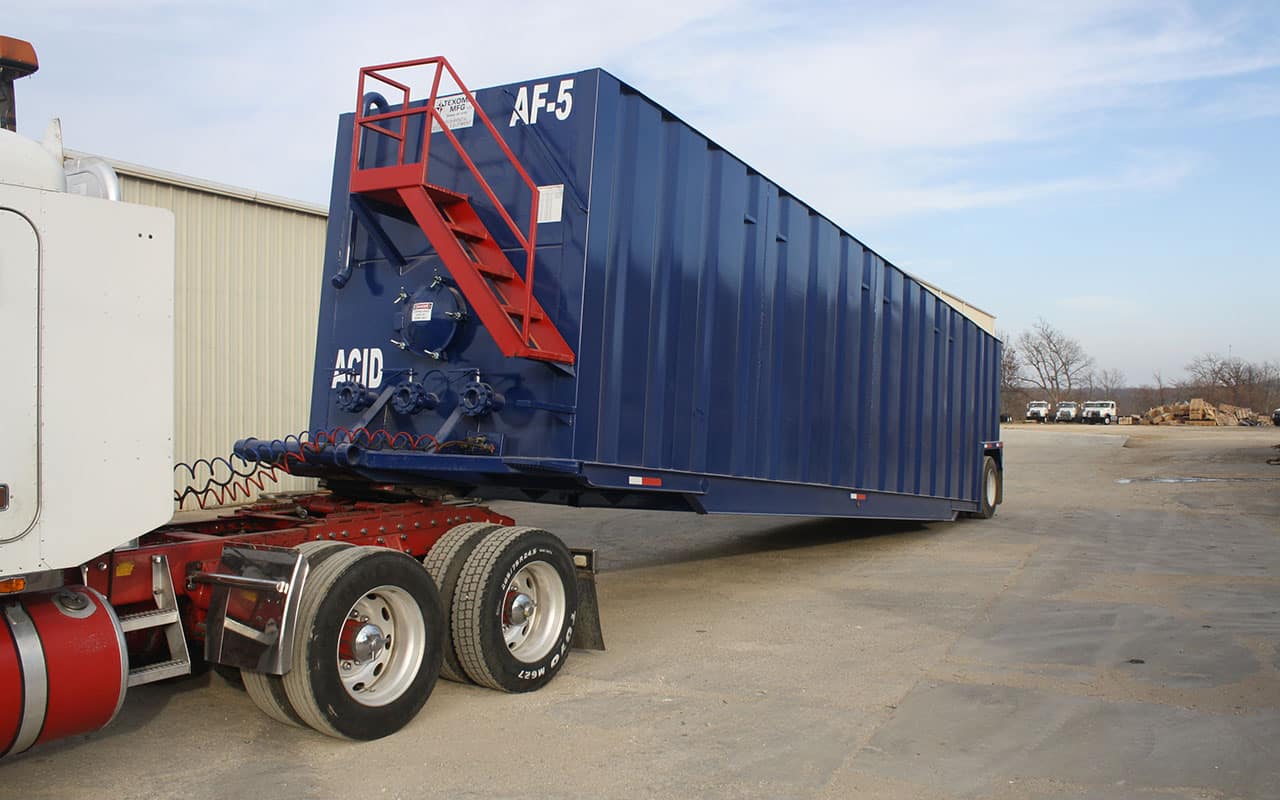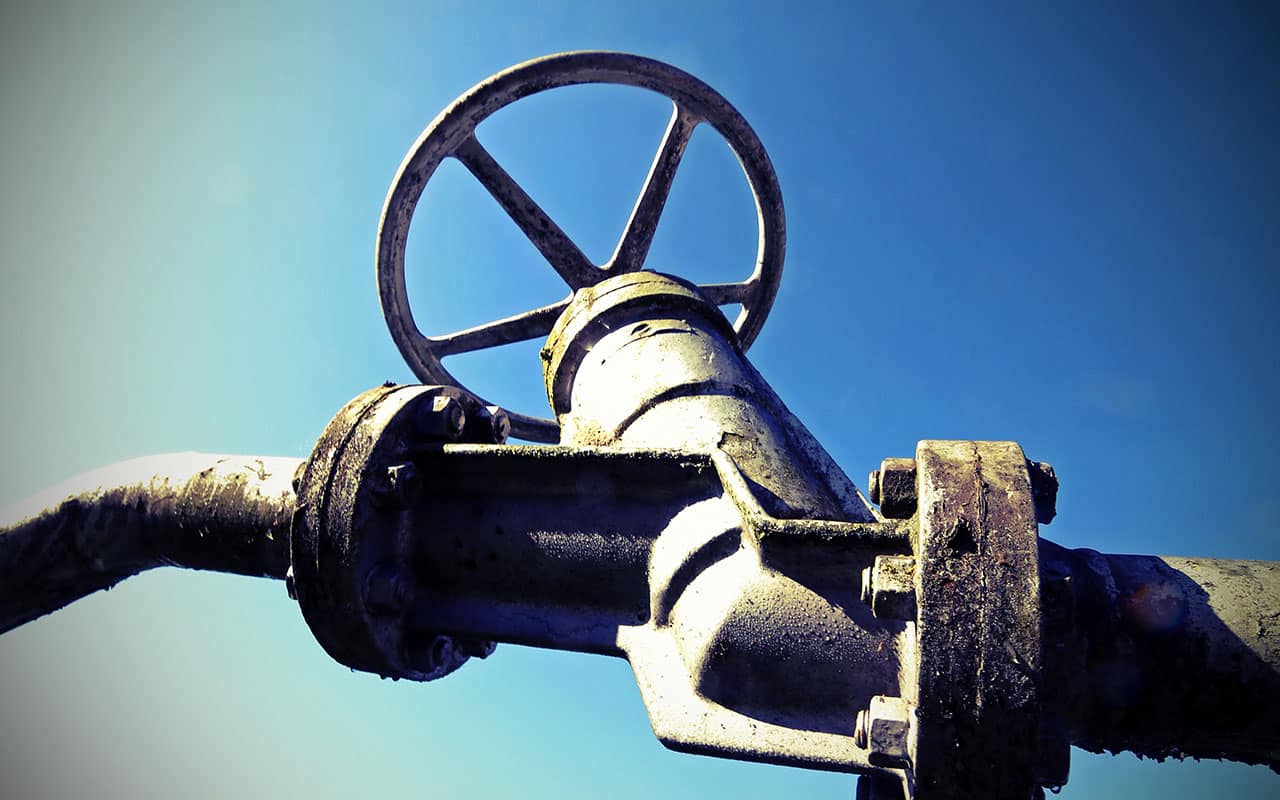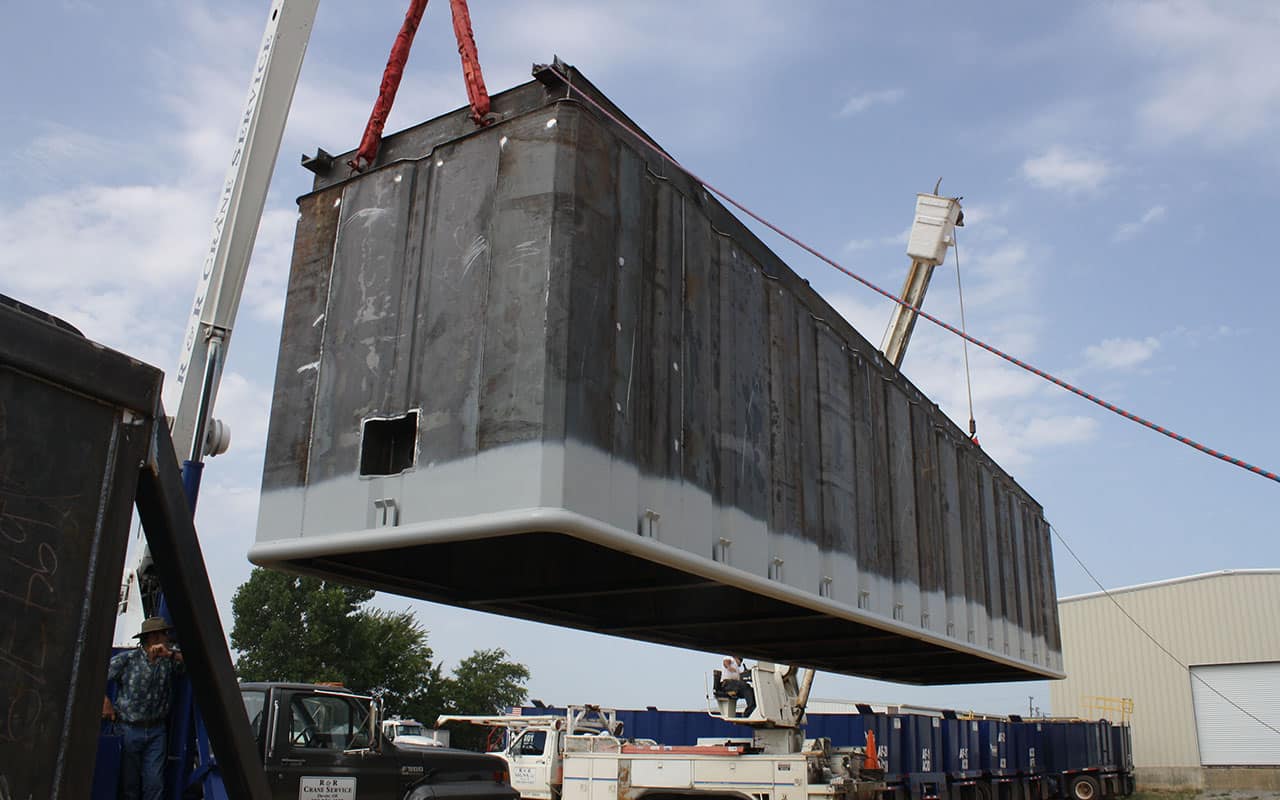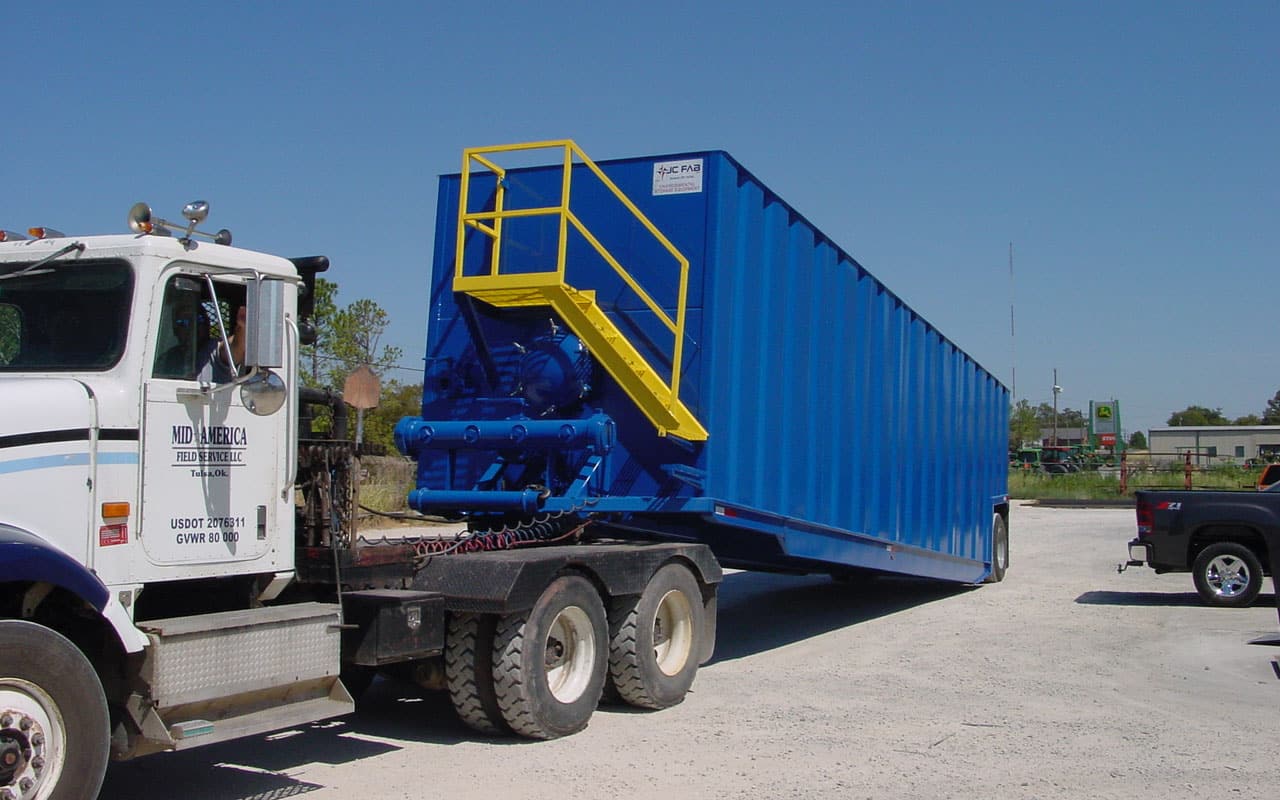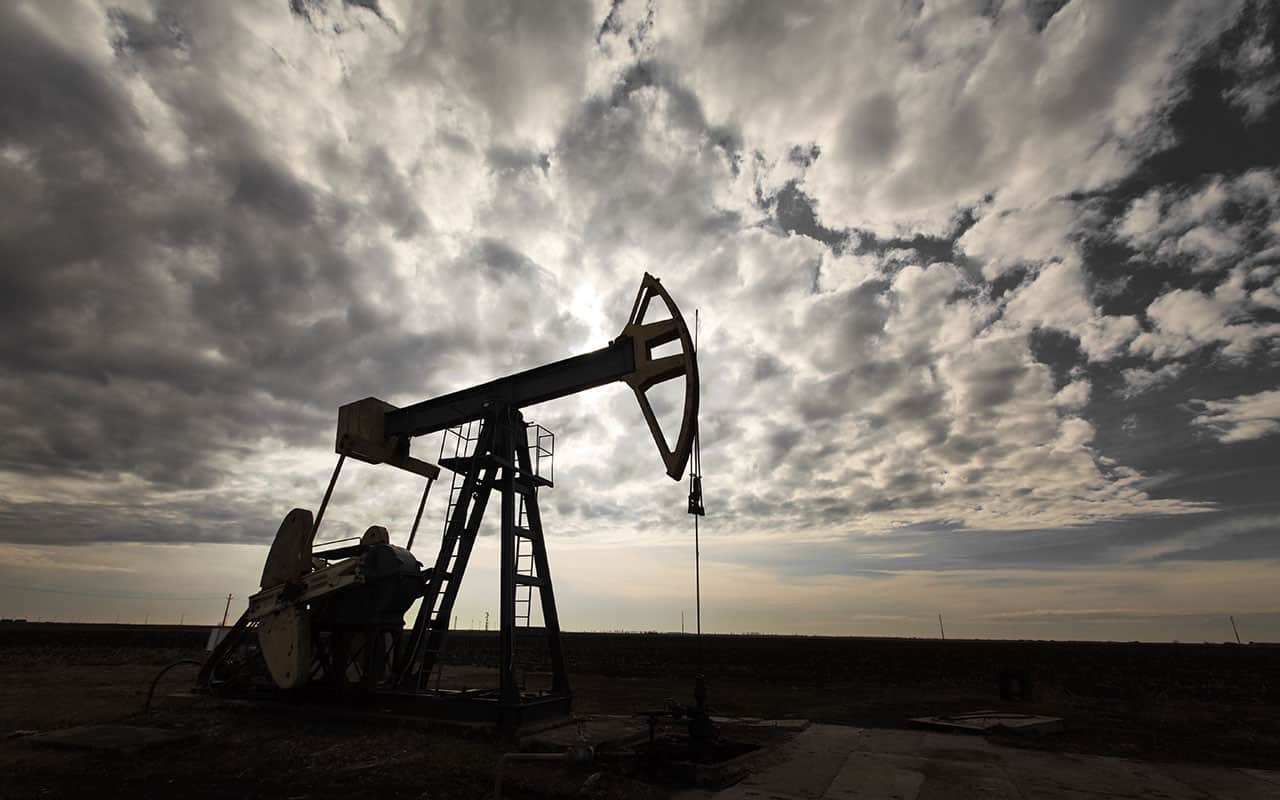
Not only is ensuring that your oil tanks are leak-free the right thing to do, but it’s also a requirement according to EPA standards. If you have aboveground bulk storage containers, you must first establish a baseline condition for each and then develop an adequate program for inspection and testing.
Establishing a Baseline Condition for Aboveground Containers
All inspection and testing programs must begin somewhere. This is your baseline. A container’s baseline gives information about the container’s current condition relative to the design metal thickness and the metal loss rate from corrosion. Inspection requirements will vary, but most onsite oil containers will require more than just a visual inspection. This means that it needs a baseline.
If there is no baseline available for a container, then one can be established through a two-part process. One inspection is done to determine the container’s bottom plate and existing shell thickness. A second inspection will establish corrosion rates.
How to Inspect Aboveground Bulk Storage Containers
The EPA’s Spill Prevention, Control, and Countermeasure Plan (SPCC) program require that aboveground storage containers with a capacity of 55 gallons or greater be inspected and tested to determine that they meet certain conditions.
SPCC rules require that aboveground storage containers be inspected for any signs of discharge, deterioration, or accumulation of oil within diked areas. This is a routine walk-around visual inspection that should include all of the container’s foundations and supports.
Containers also require periodic integrity testing to determine whether or not the container can continue in service until the next inspection cycle. In some cases, integrity testing might be the same as an external visual inspection. In others, it involves more complicated testing such as ultrasonic thickness (UT) measurements, weld inspections, Magnetic Flux Leakage (MFL) measurements, and vacuum box testing.
Most visual inspections can be completed by trained on-site personnel. The other types of testing will require that you use specialists according to industry standards. If you have mobile or portable tanks, industry standards (such as STI SP001) will allow you to use only visual inspections to confirm the integrity of certain tanks. The same holds true for other portable tanks that have sufficient secondary containment.
Some job sites and aboveground tanks are unique. In these cases, you can use a hybrid inspection program, which can vary by job site, in the place of industry standards. In these cases, industry standards should be considered as a baseline to develop the safest and most effective aboveground tank inspection program for your needs.
Developing a Program for Testing Containers
Either your company’s experts or a hired Professional Engineer (PE) must determine which industry standards apply to your oil containers. These are industry-specific guidelines, and there are several that might apply. A few of the most commonly used industry standards are the Steel Tank Institute’s (STI) SP001 Standard for the Inspection of Aboveground Storage Tanks and the American Petroleum Institute’s (API) 653 Standard Tank Inspection, Repair, Alteration, and Reconstruction.
The industry standard that you choose will determine what personnel are qualified to perform inspections and tests. It will also determine the type and frequency of testing that you should implement. When doing internal inspections, you will typically have to take a tank out of service and clean it so that it is ready for inspection. Other tests can be completed while the tank is in use, including UT robotic measurement and acoustic emission testing.
Inspection Frequency
A compliant SPCC plan requires that you do “regular” inspection and testing of aboveground bulk storage containers, or anytime after making material repairs. Your regular schedule should comply with industry standards and will take several factors into account. These include the specifications, age, service history, prior inspection results, and current condition of the container. They also might consider the location, where a container’s breach could threaten navigable waters. Because a container’s condition will change over time, so may the requirements for its inspection frequency. As settling and corrosion rates accelerate, inspection dates will be closer together.
Recording Inspection Results
To have a valid SPCC Plan, your company must thoroughly document its integrity testing and inspection program. The records should contain the complete schedule for all container tests and inspections. SPCC rules require that these records be kept for a period of three years, but the best practice is to keep any records pertaining to inspections and tests for the life of a container.
Having aboveground bulk storage containers on your site means that you must comply with SPCC guidelines. Use these tips to help your company establish a baseline for your tanks, develop a testing program, and inspect your containers according to the proper industry standards

